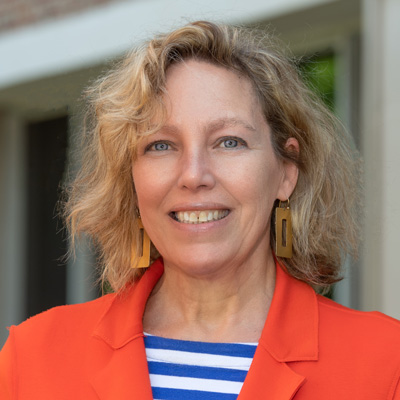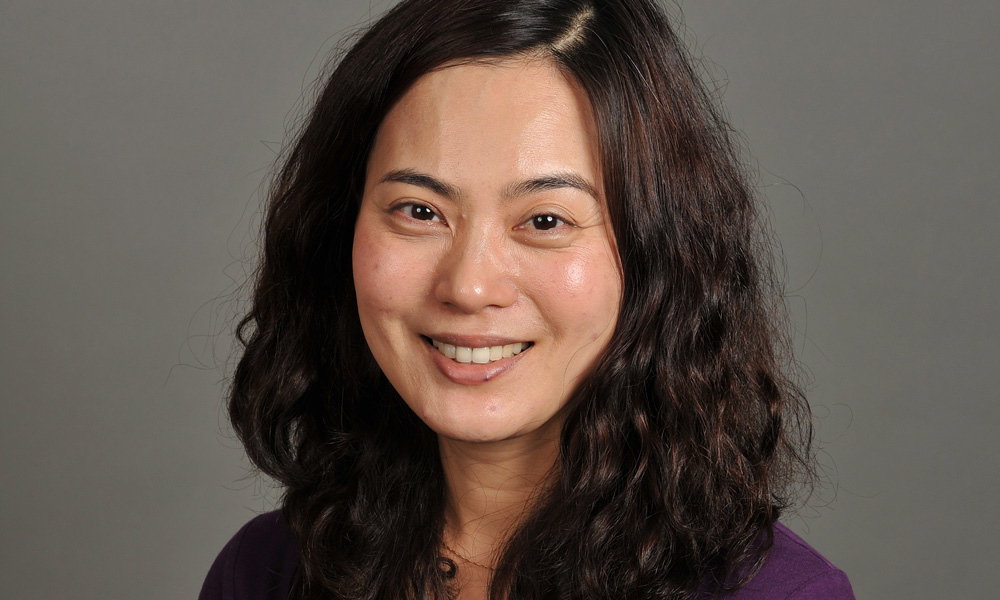Excerpt of an article published in Reflections: A Magazine of Theological and Ethical Inquiry from Yale Divinity School, by Associate Professor and Chair of the Religion Department, Keun-Joo Christine Pae.
The Pacific Ocean, the broadest and deepest on earth, lies between Asia where I grew up and America where I have lived for 20 years. The construction of the term Asian America is unthinkable without it. Geopolitically speaking, my feminist theo-ethics has revolved around the ocean that silently remembers and embodies the history of Asian immigration to the US, as well as America’s wars in Asia, the tourism at the cost of exoticized Asian women, the global trade of cheap female labor at sweatshops along the Pacific Coast, migrant laborers, and endangered oceanic ecologies.
I often feel that the Pacific Ocean is like Mother God, who continually creates life, holds tears and dreams of all Her creation, and embraces the silenced victims of history.
My understanding of Asian Pacific American feminist theology is grounded in the Pacific Asian North American Asian Women in Theology and Ministry (PANAAWTM). This 35-year-old grassroots organization has promoted sisterhood among Asian Pacific American women in the church and theological education and produced a critical body of feminist theological knowledge generated by Asian Pacific American women’s analysis of white-hetero-patriarchal-capitalist nation-building and the struggles for liberation from it. PANAAWTM theologies are historically specific and “embodied” as God embodies the hopes and sorrows of people in Asia Pacific diasporas.
A Distorted Legacy
In American public discourse, “Asia Pacific” appears as a culturally, racially, and religiously unified region of open borders. But the term fails to grasp the immense diversity among peoples, cultures, religions, and languages associated with the region. The Pacific is often imbued with the “yellow peril” – an unknown fear, danger, and threat to the US. The yellow peril surfaces whenever the US has tensions with Asian countries.1 At the same time, “American Orientalism” perceives Asian Americans as perpetual foreigners whose loyalty is suspect and who can never be fully assimilated, because “Orientalism” has been constructed as barbaric, exotic, alien, and racially different from and inferior to the West.
Pae continues, Asian Pacific Americans (APA hereafter) include long-term permanent residents “as far back as six generations.” Hawaiians, for instance, never migrated to the US but became American after the US annexation of their islands. “Asian Americans” first meant those of East and Southeast Asian ancestry predominantly, but “Pacific” was eventually added because the term increasingly included South Asians and Pacific Islanders.4 During the 1960s, a racially conscious pan-Asian identity arose among APAs who shared similar experiences of racial discrimination in the US and political goals for justice and equality. Today, APA should be understood both as a racialized identity and as a political identity.
Courage and Remembrance
Metaphorically speaking, the vast Pacific Ocean is a hybridized space where diverse cultures and images of God find their own identities yet without claiming rigid boundaries. Instead they live harmoniously with one another, allowing currents and waves to cross one another without fear of losing their identities. Rita Nakashima Brock’s concept of “interstitial integrity” enriches my own understanding of Asian Pacific American feminist theology that actively remembers the history of APA women marred with violence by European imperialism, war, patriarchy, racism, sexism, and callous capitalism, and honors their courage and activism for justice and peace.
According to Brock, “interstitial integrity more accurately describes how human beings construct a self in any culture” – this characterizes the story of race (Native Americans, whites, blacks, APAs, Latino/as, and so forth) and immigration on North American soil.10 All of our identities have been (differently) constructed by colonization, then transplanted and hybridized in North America. Brock traces interstitial integrity in APA women’s work for justice since the late 19th century. Instead of splitting ourselves into Asians or Americans, we have worked on both frontiers at once for justice for ourselves, our compatriots, and people in other countries. Interstitial integrity helps us stay attuned to life’s fullness and participate in “its ever-changing rhythms and patterns rather than to be starved by unrealized hopes or a thin nostalgic past.”

